Today, January 16, we are holding an online re-premiere for the Centennial of THE DEVIL, the first film starring George Arliss. The original premiere took place on January 16, 1921 in New York City at the Mark Strand Theater. We have been working on this project for well over a year. Thanks are due to Larry Smith of the Library of Congress and to Lewis Schoenbrun who volunteered his professional services to restore the images. We also gave the video a 4K scan and added the music. It can be viewed in HD at https://youtu.be/okiNSuhLB38
A Brief “Morphing” Video with Mr. A as Disraeli from the 1921 Silent Film
Here’s a short “morphing” video I just created using a portrait of Mr. A as Benjamin Disraeli from the 1921 silent version of DISRAELI, a film that is now apparently lost. The musical accompaniment I added is especially complimentary (I think):

THE RULING PASSION – A Review of Mr. A’s 1922 Silent Film Comedy
Typically listed as a “lost” film, Mr. A’s 1922 silent film comedy, THE RULING PASSION, may exist after all. Hope is kindled by news that one or more foreign film archives may own a print. These include the Russian Gosfilmofond, the Cinémathèque Française, and the Belgian CINEMATEK. Also on your blogmeister’s “hopeful list” is the Dutch EYE Film Institute that has led the way by posting so many of its vintage holdings online.
THE RULING PASSION was based on a short story by Earl Derr Biggers, who later became famous as the creator of the “Charlie Chan” novels. Mr. A plays John Alden, an automobile tycoon who is forced into retirement by his doctor’s orders. Bored, he decides to invest in a business deal – a gas station – in partnership with a young man, Bill Merrick. Of course, Alden uses an alias so his young partner doesn’t know his colleague is practically Henry Ford. Alden and Merrick are swindled in the sale by the seller, Peterson, who competes against them with his new gas station.
Complications develop when Alden’s daughter, Angie, drives in and discovers her father pumping gas. She and Merrick meet and romance blossoms. Angie agrees to keep her Dad’s secret life from her mother but Mrs. Alden eventually stops by for a fill-up and discovers the truth. Alden and Merrick plan a successful marketing campaign, taking so much business away from their rival that Peterson offers to buy them out at a huge profit on their original purchase.
Bill asks Angie to marry him and he goes to her home seeking her father’s permission, unaware that his partner is Angie’s father. The ruse is happily revealed and Alden’s doctor has to admit that the adventure was healthful for Alden who can now return to work again.
The film had its New York City premiere on January 22, 1922, and received mostly excellent reviews. Released through United Artists, THE RULING PASSION was independently produced through a company, Distinctive Pictures, that was formed specifically to make George Arliss films. PASSION became the third Arliss film, following THE DEVIL (1920) and DISRAELI (1921). The success of the earlier two led to making the third, which in turn led to three more films being made.
A trade press story of the day:

Another story for the exhibitors:
Box Office tells the tale:
Doris Kenyon plays the role of Mr. A’s daughter, Angie. A popular screen actress she would play Mr. A’s wife nine years later in ALEXANDER HAMILTON (1931):

 While THE RULING PASSION is still considered among the missing Arliss films, we are fortunate that he decided to remake the story as a talkie in 1931 renamed THE MILLIONAIRE. However, lettering on studio photos indicate that the talkie version’s working title continued to be THE RULING PASSION.
While THE RULING PASSION is still considered among the missing Arliss films, we are fortunate that he decided to remake the story as a talkie in 1931 renamed THE MILLIONAIRE. However, lettering on studio photos indicate that the talkie version’s working title continued to be THE RULING PASSION.
An original color half-sheet (22×28 inches) for THE RULING PASSION:
Restored – THE DEVIL (1920) – Mr. A’s First Film!
I have been learning my way around new digital video programs and have been able to refresh and restore some films that needed help. At the top of the list is Mr. A’s very first film, THE DEVIL, which until it was posted two years ago had been almost entirely unseen since its original release in 1920-21. Grateful for this significant event, we were aware of some shortcomings: the film speed was too fast, the image was rather faded, the opening titles were out of order, the the climatic ending was chopped up and way too abrupt. At the time there was little I could do to remedy these challenges but I’m pleased to unveil a better looking and sounding (music) version. I’ve beefed up the ending a little but I think Mr. A might approve. Please let me know what you think.
The director and the star of THE DEVIL (respectively):

A little bit of imaginative promotion by a theater owner:

Original lobby cards with hero Edmund Lowe, who later became a major film star in the 1930s:

and now the motion picture itself!
THE DEVIL (1920) Returns!
THE DEVIL has the distinction of being two “Firsts” for George Arliss. In 1908, it became his first starring play, then twelve years later the story was his first motion picture. Mr. A’s six silent films collectively serve as a “dress rehearsal” for his later sound film successes but, alas, only two of the silents appeared to have survived: THE GREEN GODDESS (1923) and TWENTY DOLLARS A WEEK (1924). Then a sole 35mm print of THE DEVIL was found in Canada by a gentleman named Larry Smith, who generously donated the film to the Library of Congress (LOC) where it has been copied and preserved. Recently, Larry uploaded THE DEVIL to Youtube and thus returned this long-lost Arliss feature to general circulation for the first time in over 90 years!

These images are screen caps from the Youtube upload of THE DEVIL, and as a result are low resolution. Your blogmeister has viewed a 35mm copy at the LOC and can assure you that the image quality is excellent.

Mr. A as the “helpful” Dr. Muller adroitly plants all sorts of carnal temptations in the thoughts of his friends.

A young Edmund Lowe seem skeptical of the good doctor’s advice. Lowe would become a popular silent screen star during the 1920s and successfully transitioned to talkies in the 1930s.

Florence Arliss (Mrs. A) also played a role as the aunt of the heroine.

Lucy Cotton and Edmund Lowe as the lovers

Dr. Muller has his own plans for the lady and they’re not honorable.

As powerful as the Devil is, there’s Someone who is stronger.

The Devil goes to Hell-literally.

Hopefully, by now you’d like to see THE DEVIL so here’s the Youtube link. Enjoy!
New Arliss Book – A Photo Reconstruction of the 1921 “Lost” DISRAELI
Your Blogmeister is pleased – make that proud – to announce the fourth volume in our George Arliss Series:

This time we reconstruct the once-acclaimed but now lost silent screen version of DISRAELI of 1921. We spent over two decades collecting photographs and other images to document this first film version of George Arliss’s most successful play. Additional materials include the complete souvenir theater program of 1912, a set of eight original lobby cards from the 1929 sound version of DISRAELI in restored color, and a discussion of Mr. A’s 1938 live radio broadcast of the play with links to enable readers to hear this radio program exactly as it was broadcast live over CBS on January 17, 1938. There is also a “bonus” appendix of George Arliss in 3-D photographs from a variety of his films.

Louise Huff plays Clarissa in the 1921 version
Among film buffs there is probably no other type of movie that captures the imagination as much as a “lost” film. That is, a film where no copies are known to exist. Perhaps the most famous lost American silent film is the Lon Chaney Sr. opus, LONDON AFTER MIDNIGHT (1927). But fans of the silent screen – and thanks to DVDs and streaming video their numbers are increasing daily – can tell you of many other elusive treasures. There’s a special cachet that grips the imagination and is stoked by surviving photos of scenes from a lost film. Reading the original film reviews only makes the sense of the unobtainable that much keener.

Imagine welcoming in the New Year – in this case 1922 – with Mr. A in person!

The title card (1 of 8) in the set of lobby cards from the 1929 talkie version.
I must confess that after completing this photo reconstruction, I had a strong impression that I had actually watched the 1921 film itself. Perhaps this is a presentiment that a print of this DISRAELI will in fact be found. Some fragments are held at the Eastman House of Photography in Rochester, NY, and apparently a film archive in Moscow, Russia, holds some material as well. Until we get very lucky (if ever), this fourth volume in our George Arliss series will be the only record of this classic film.
The 1921 “Lost” DISRAELI is available in paperback (8.5×11 inches) and as a Kindle ebook. For more info, just click below:
A Centennial Salute to DISRAELI – the Play, the Silent Film, the Talkie, the Radio Broadcast
I doubt that there is another dramatic work, excepting Shakespeare’s plays, that has been translated into so many different mediums in the performing arts as DISRAELI. First debuting as a play in 1911, it was turned into that most peculiar relative of the spoken stage – a silent film, in 1921. At the end of that decade this vehicle was reinvented as an Academy Award-winning “talking picture.” Nearly a decade later, the play-cum-silent film-cum-talkie was turned into an hour-long radio broadcast heard around the world via the CBS network and shortwave in 1938. Perhaps the most remarkable aspect of DISRAELI is that ALL of its various incarnations starred the same actor – George Arliss.

A Souvenir Program from the 1911-12 season
The play was written specifically for Mr. A by the then-famous playwright Louis N. (for Napoleon) Parker. There was one problem – Parker had never seen Arliss perform on the stage. Then Parker quit saying that a play about Benjamin Disraeli, the British prime minister of the 1870s, couldn’t be written. Mr. A convinced Parker it could be written and explained how. Parker completed his play due largely to its star’s role as midwife.

The final scene where Disraeli receives a telegram he fears will tell him of his wife’s death: Mr. A with Marguerite St. John, the first actress to play Lady Beaconsfield (Mrs. Disraeli) on the stage.
Mr. A starred in DISRAELI for five consecutive years, from 1911 to 1915, then revived it thereafter. Here is the cast for a 1917 revival – note that Florence Arliss plays Lady Beaconsfield. Also, note that the ingenue role of Lady Clarissa is played by the talented, ill-fated Jeanne Eagels:

The 1921 silent film is now lost but a number of stills have survived….

No longer stagebound, the garden party scene was filmed outdoors:

A rare glass slide advertising the silent film in theaters:

Margaret Dale plays the spy, Mrs. Travers. Dale had played the role continuously since 1911 and never missed a performance, not even in this film version.
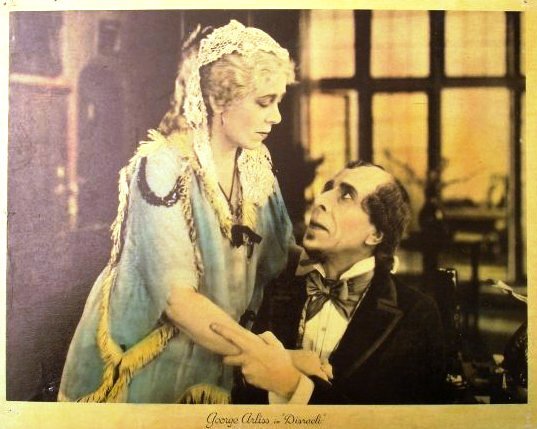
Florence Arliss as Lady Beaconsfield tries to console her husband: he has just written a bad check – to buy the Suez Canal!
Warner Bros. persuaded Mr. A to make the play into one of the first full-length talking pictures. He did and won the Best Actor Academy Award:

A souvenir program for the 1929 film
Here’s a detail from the Warner pressbook telling theater owners how to sell the movie to their patrons:

Exteriors were filmed at the old Busch Gardens during the summer of 1929 by ace cinematographer Lee Garmes. This scene looks pretty but Mr. A recalled that it was hot as ….blazes.

The romantic young couple, Lady Clarissa and Lord Deeford, were played by Joan Bennett and Anthony Bushell:

The 1929 film cast and crew, from the original program:

The ever-reliable Ivan Simpson plays financier Hugh Myers, a fictional character based on the real-life Lionel Rothschild who financed Disraeli’s purchase of the Suez Canal:

A flyer highlighting scenes from DISRAELI:
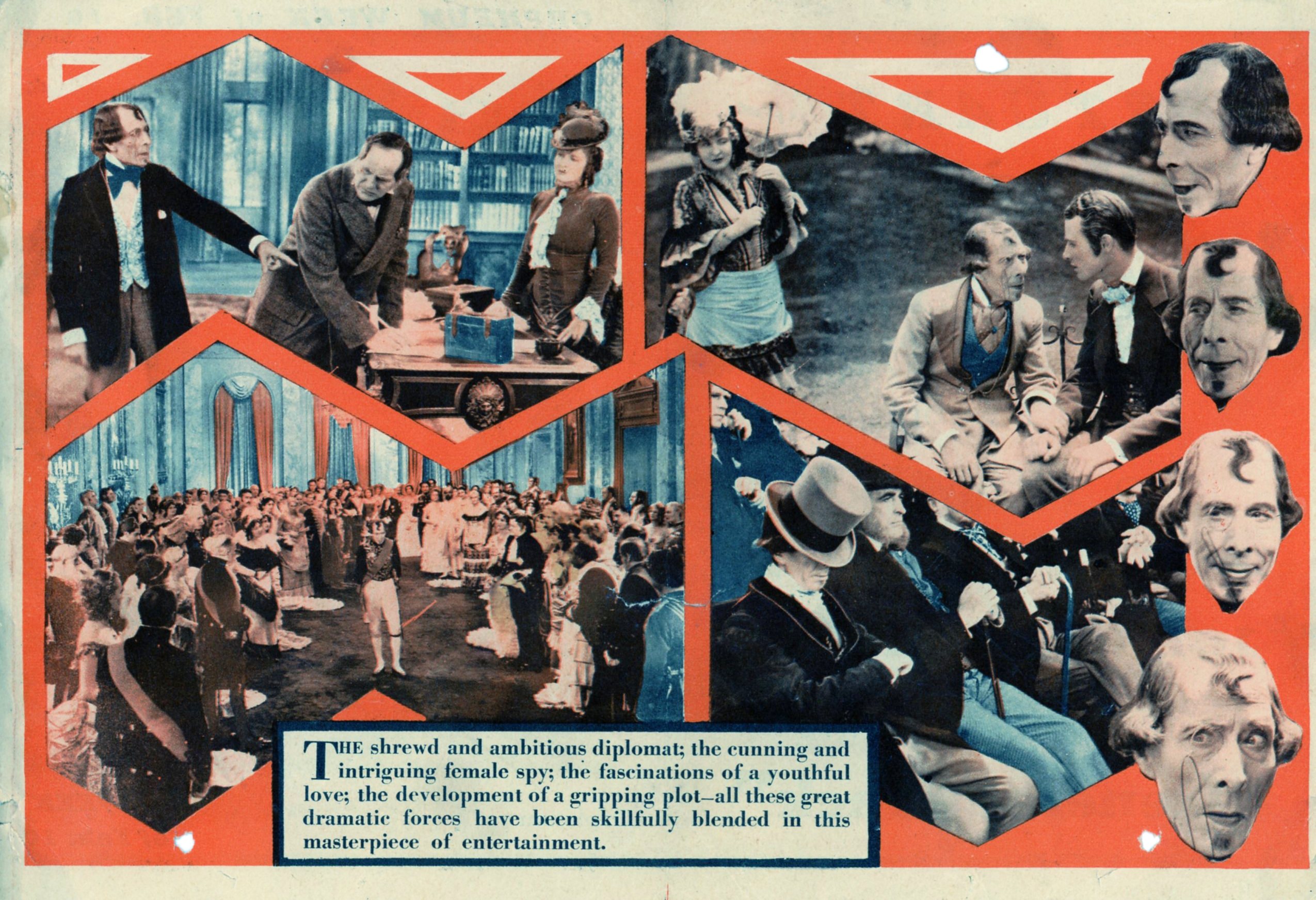
Outtakes – not every scene made it into the final production:

Disraeli and Gladstone exchange sharply divided political views in the House of Commons – but not onscreen.

Mrs. Travers meets Disraeli – but not onscreen. Doris Lloyd plays the spy, the one time that Margaret Dale missed a performance!

We only glimpse the Prime Minister working in his garden and never to this extent!
Back to the movie:

Joan Bennett at the beginning of her very successful career. When I showed DISRAELI in college in 1970, I had the idea to write a thesis and wrote to Ms. Bennett to ask what Mr. A was like to work with. Here is her reply:
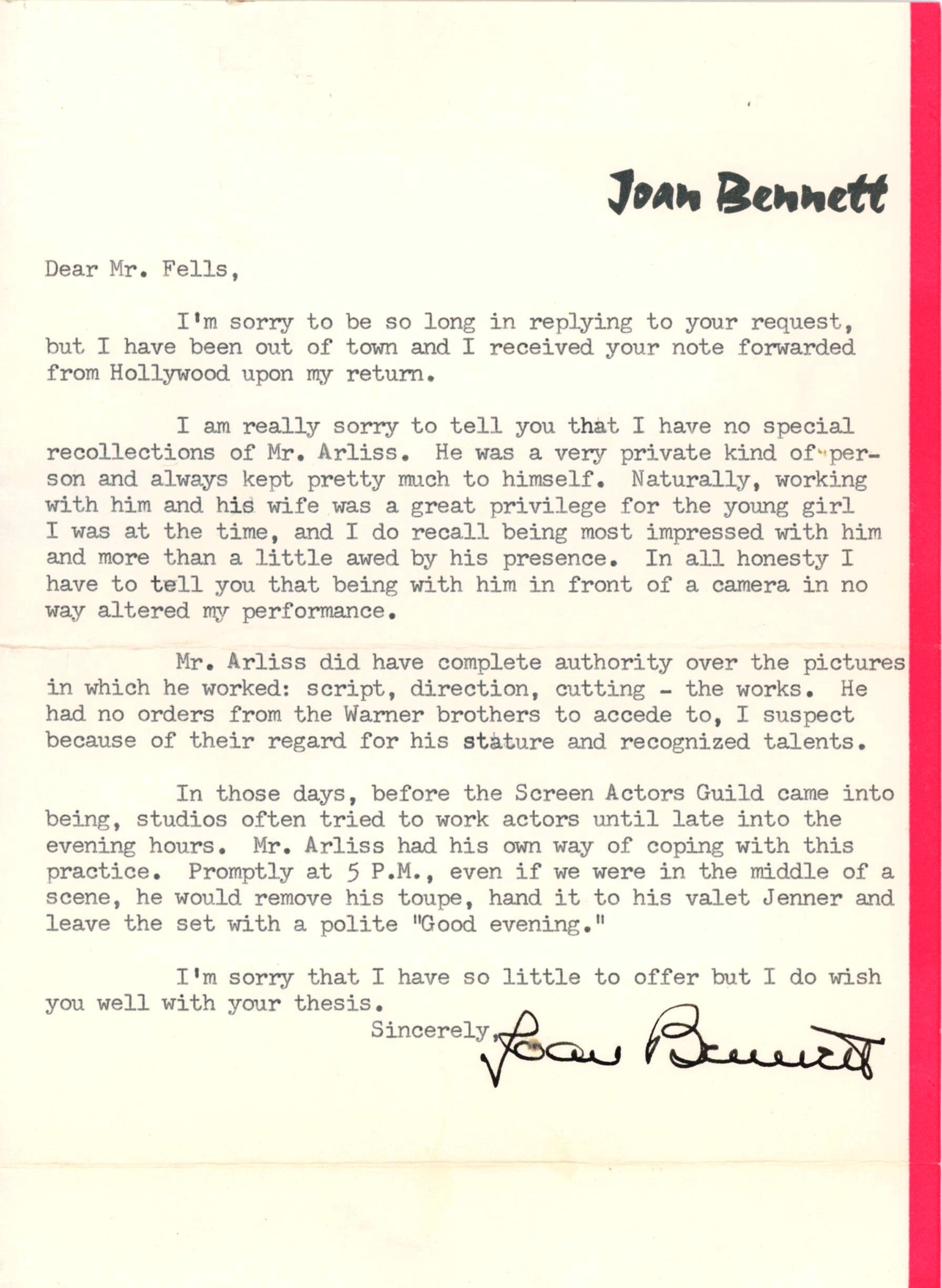
Now about that bad check for the Suez Canal: Congress didn’t invent “stop gap spending.” Here the Prime Minister threatens to ruin the Bank of England if its president, stuffy Lord Probert (David Torrence), doesn’t cover the check:

Probert signs to save the Bank but is dismayed that Disraeli has such power.

In the dramatic payoff, Disraeli confides that as Prime Minister he has no such power, “but he doesn’t know that.”
Here is Mr. and Mrs. A in the final scene involving the telegram again:

On January 17, 1938, George Arliss made his dramatic radio debut on the CBS network with DISRAELI. This live broadcast on the Lux Radio Theater was heard all over the world and brought to the microphone much of the cast of the 1929 film version including Florence Arliss, Ivan Simpson, Doris Lloyd, and David Torrence. Mr. A was nearly 70 years old and noted that more people heard this one broadcast than all the audiences combined from his years performing in the play, the silent film, and the talkie:

Here’s the photo’s original press caption:

Want to hear this broadcast from long ago? It is right at your fingertips so just click below:
The Green Goddess
The seething East, hostages, civil unrest, despotic rulers, hatred of the West, reprisal killings – sounds like today’s news. In fact, these are plot elements from THE GREEN GODDESS, a hit play for George Arliss in 1921, that he made as a silent film in 1923, and again as a sound film in 1929. So how can something so old be so topical in the 21st Century?

The play was a first-time effort by veteran drama critic William Archer, based on a dream he had. Archer earlier published a book that set down rules for playwrights whereby he all but guaranteed that following his rules would assure success. Archer then ignored all his own rules in writing THE GREEN GODDESS.

The temple of the Green Goddess but the play’s title actually refers to another type of green-jealousy. This is the set from the 1923 silent version.
Arliss plays the omnipotent Rajah of Rukh, a small kingdom somewhere in the Himalayas. Western educated, but hateful of the British, the Rajah finds himself unexpectedly the host of three British survivors of a plane crash.

The Rajah impresses his guests with his militia.
Ever the perfect host, the Rajah gradually explains that he is holding the trio as hostages. His brothers have assassinated a British official and are due to be executed – so “an eye for an eye.”

The three “guests” – Major Crespin, his wife Lucilla, and Dr. Traherne – keep their wits, bribe the Rajah’s English valet, and attempt to send a wireless call for help.
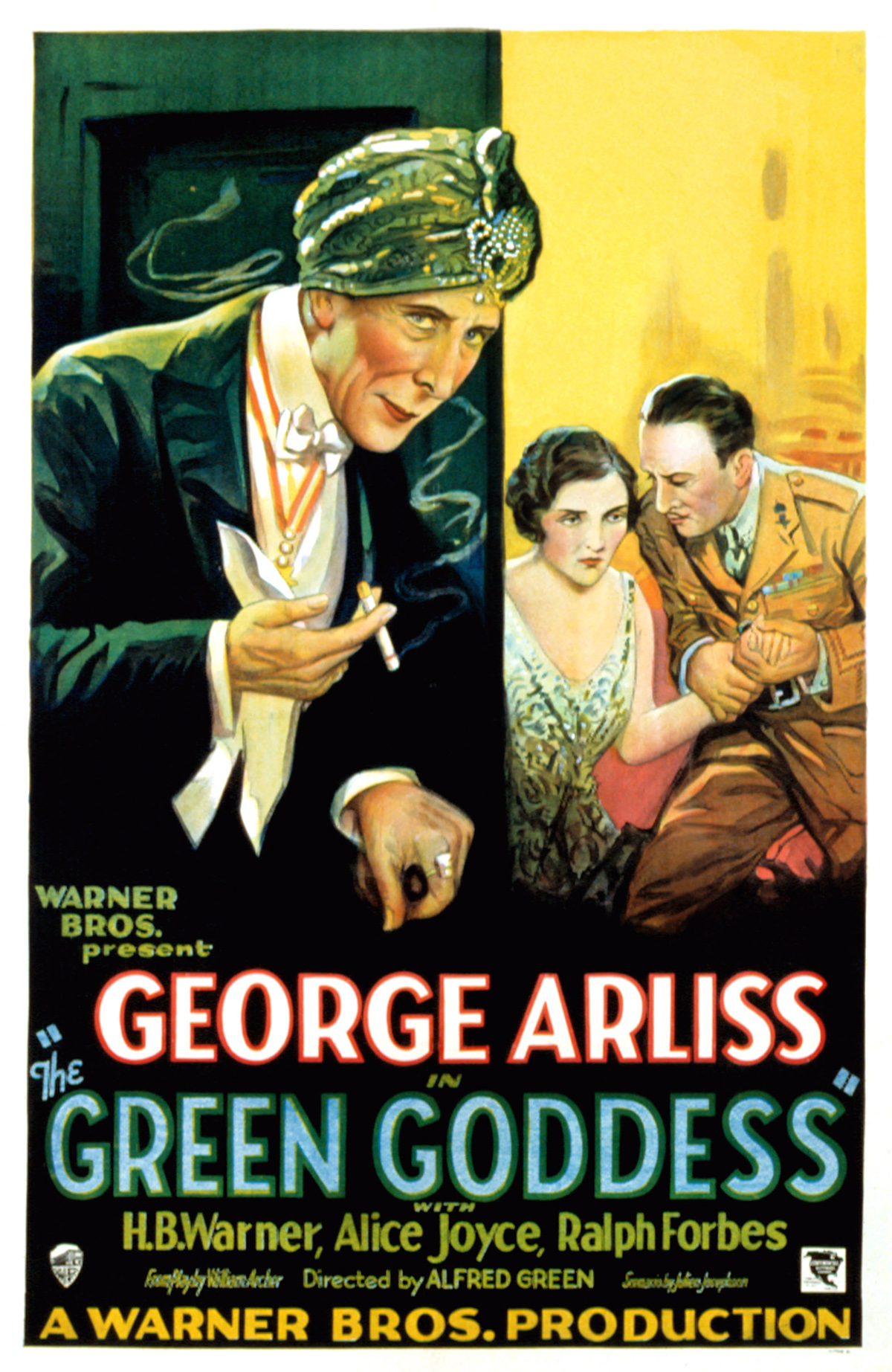

Major Crespin is fatally shot by the Rajah and confesses that he failed to send the radio message for help. Arliss, Harry T. Morey, and Alice Joyce in the 1923 silent version.
But the Rajah is willing to spare Lucilla – if she becomes one of his wives. The silent version with Jetta Goudal as a lady in waiting.


To sweeten his offer, the Rajah proposes to kidnap Lucilla’s children and bring them to her in Rukh. Arliss and Alice Joyce again, but from the 1929 talkie version.
The Rajah’s ultimatum-return to the palace as his wife or be dragged back as his slave:

The sacrifice proceeds as planned with the two surviving guests, Lucilla and Dr. Traherne – –

Arliss, Alice Joyce, and Ralph Forbes in the talkie version.
— but the Major lied – his message did get through and the RAF arrives with bombs.

Now a deposed despot, the Rajah consoles himself over losing Lucilla with the classic closing line: “She’d
probably have been a damned nuisance.”
A lucky playgoer of 1924 not only preserved the ticket stub, but got Mr. A to autograph the playbill:

Notice the ad in the lower left of the playbill for the book edition- here’s the cover:

Finally, a rarity – the last page of the silent film script. Notice that Arliss’s exit line is faithfully preserved:

[Click on this image to access “hidden” frame captures from the 1929 film]
Notes: George Arliss was nominated for the Best Actor Academy Award both for THE GREEN GODDESS and for DISRAELI. He won for DISRAELI, thereby becoming the only actor in film history to compete against himself for the Oscar. Also, THE GREEN GODDESS was actually filmed prior to DISRAELI during the summer of 1929 but was not released until February 1930, some four months after DISRAELI’s release. Why? That’s another story.














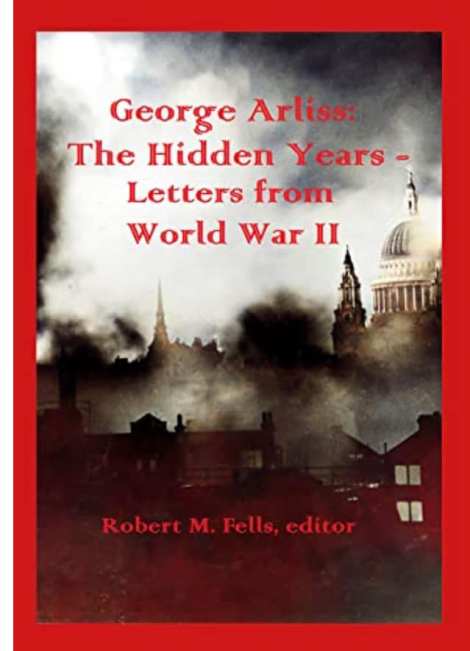
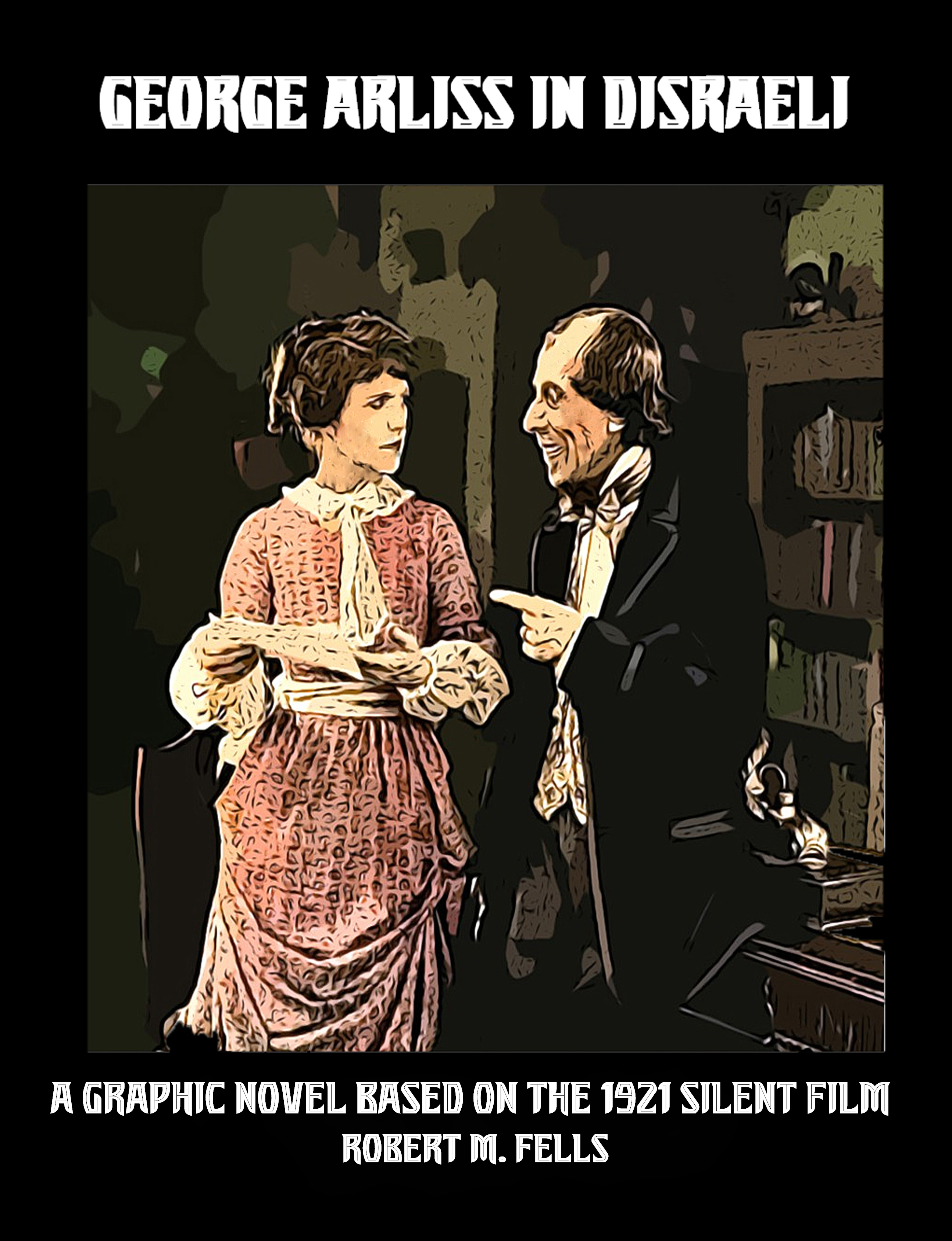
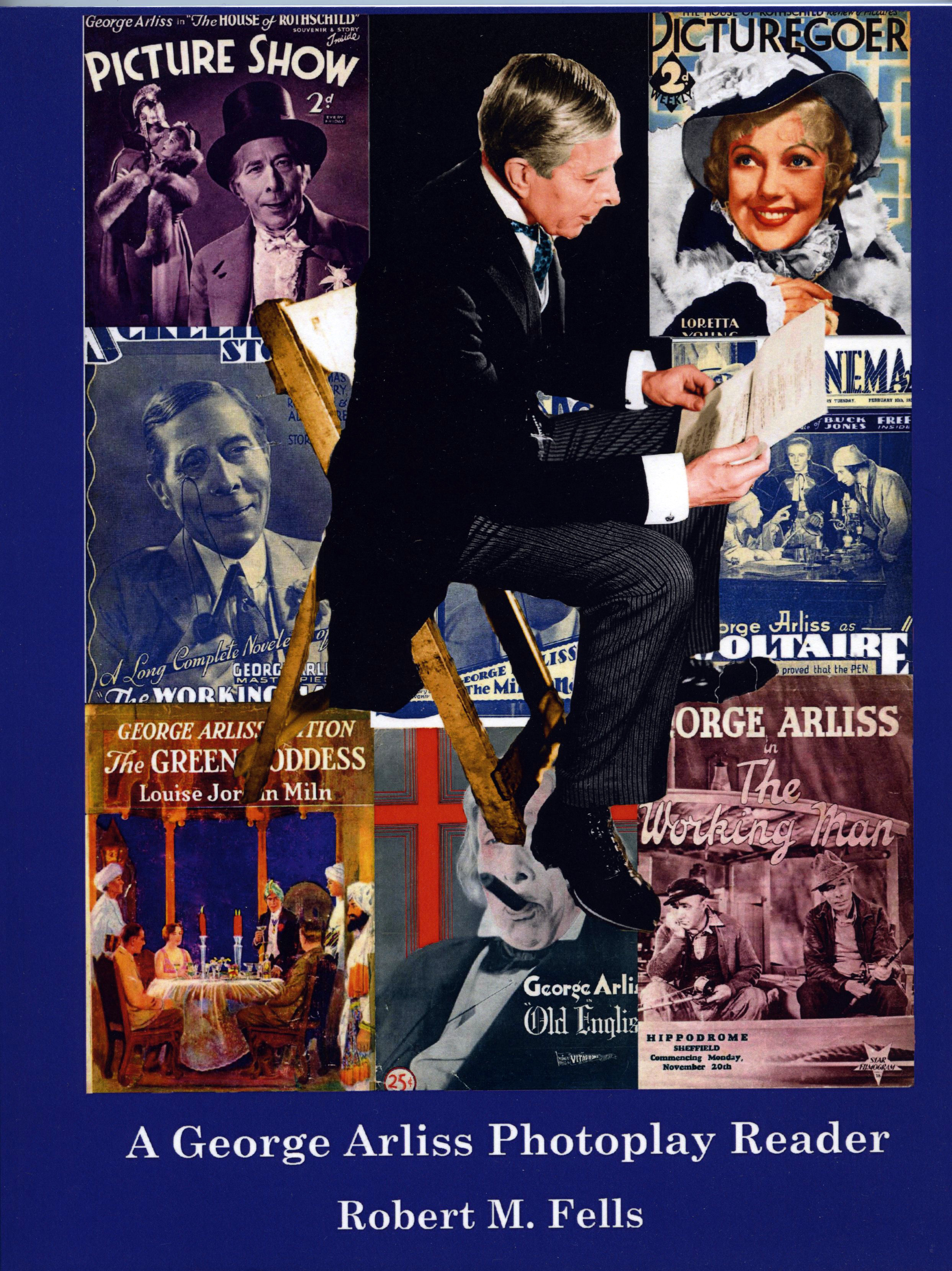
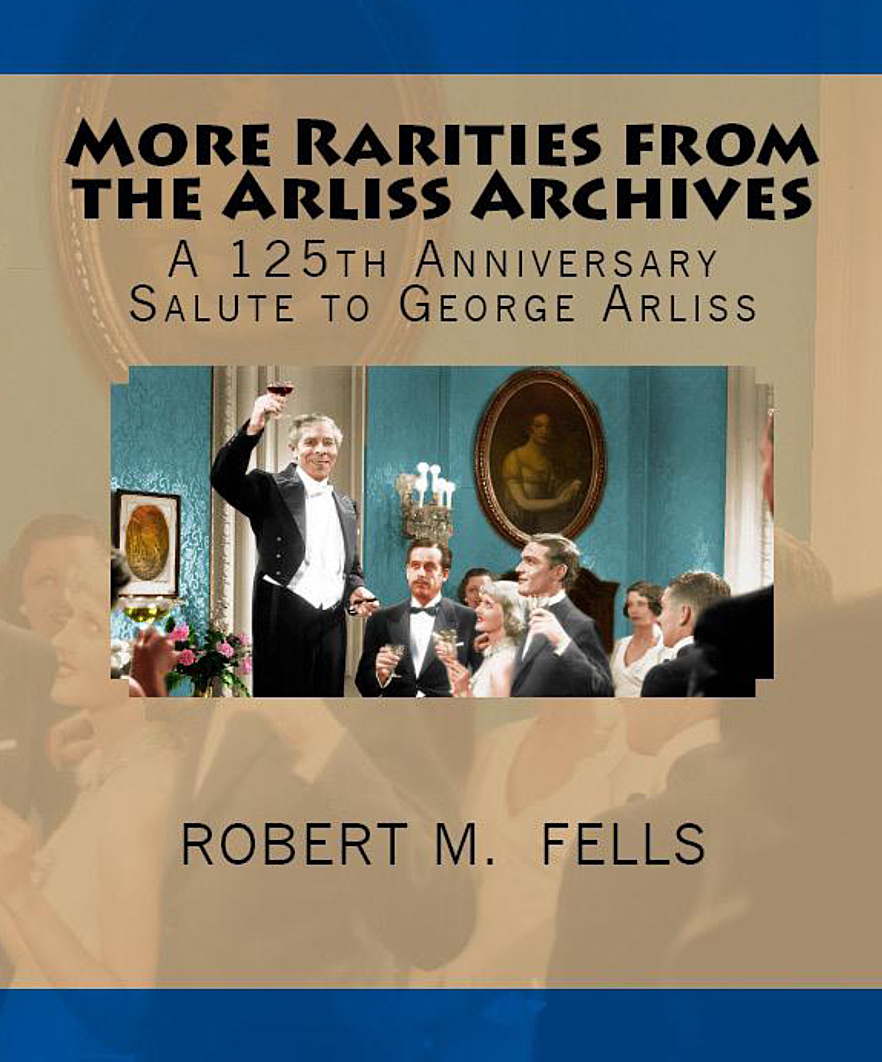
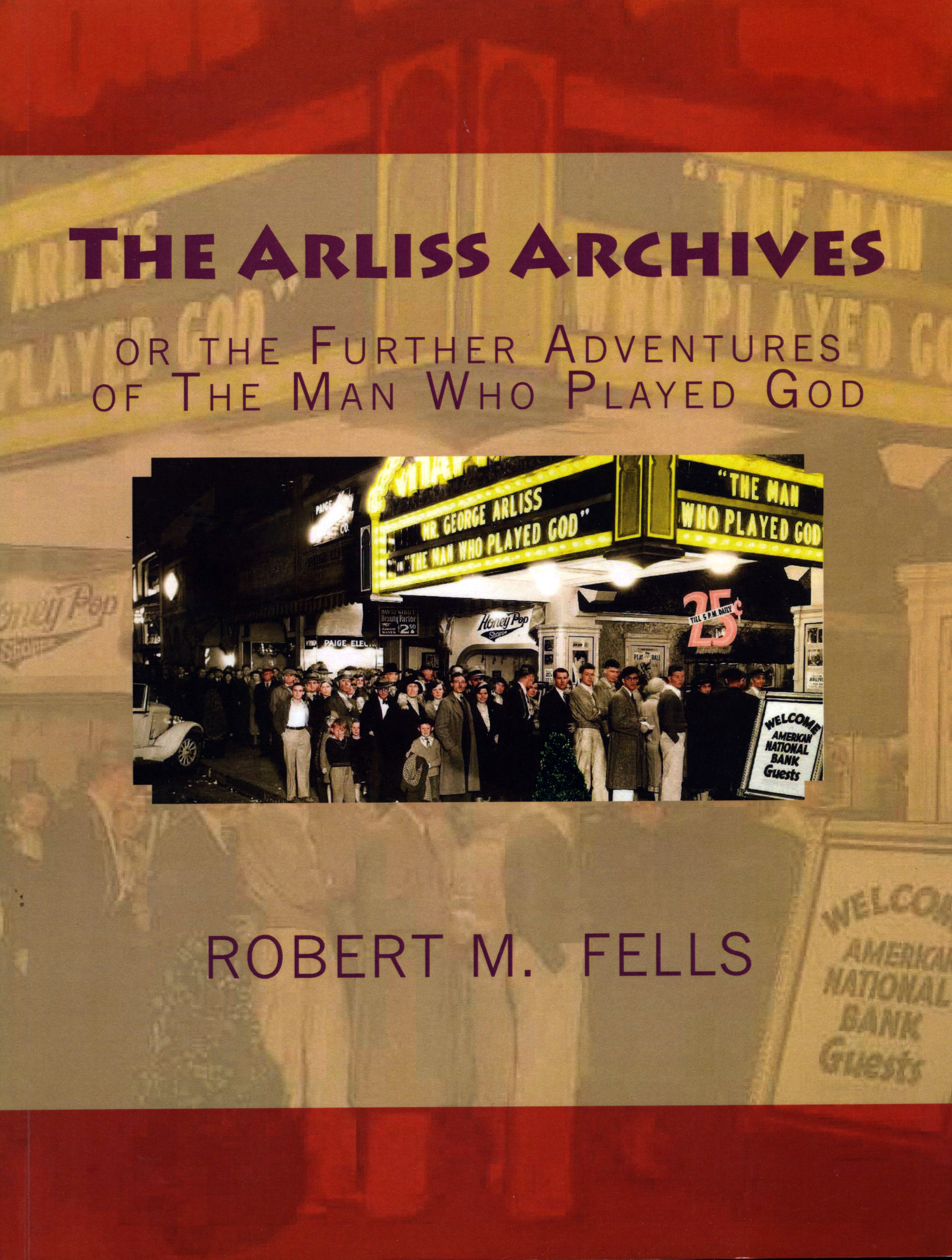
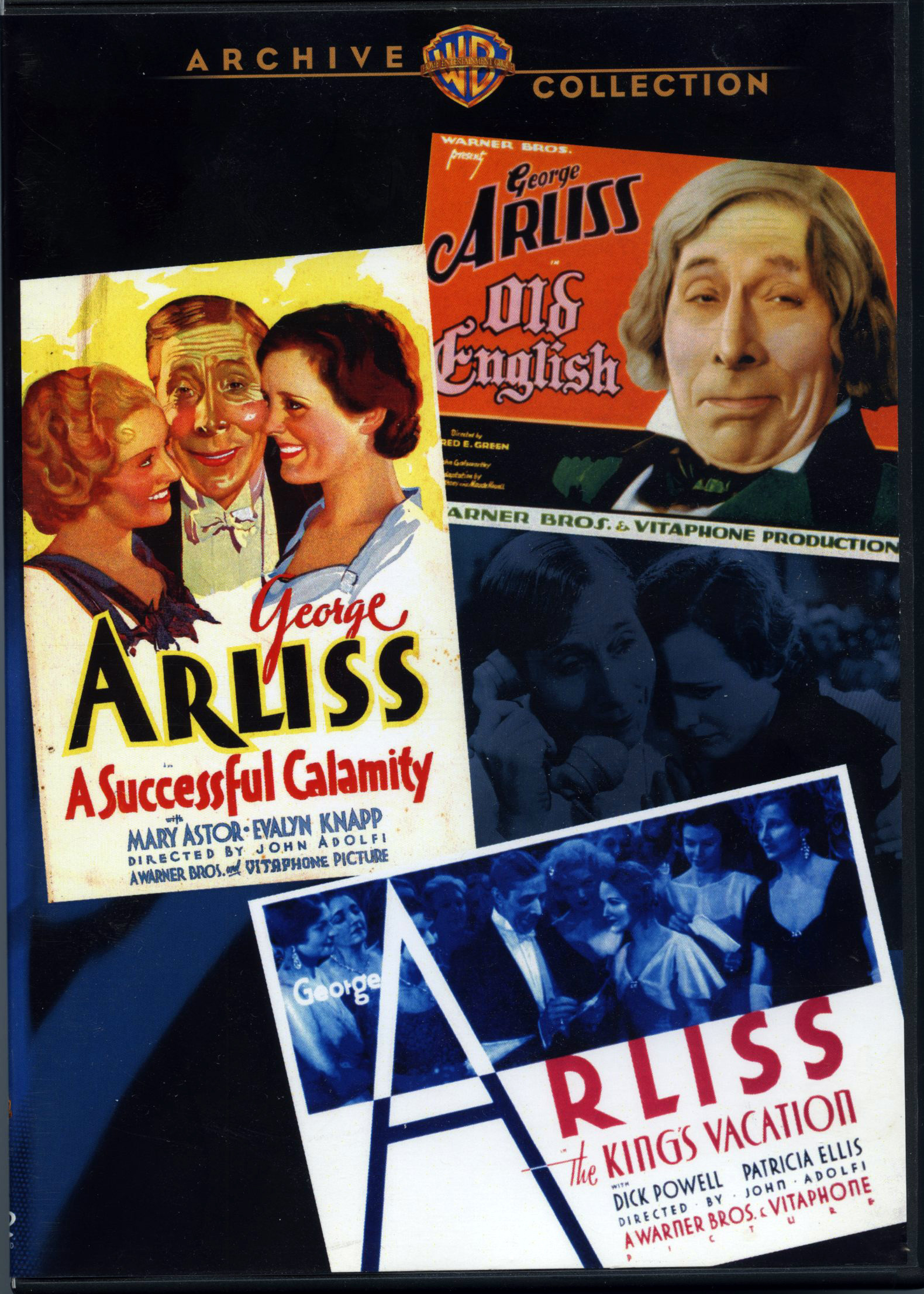



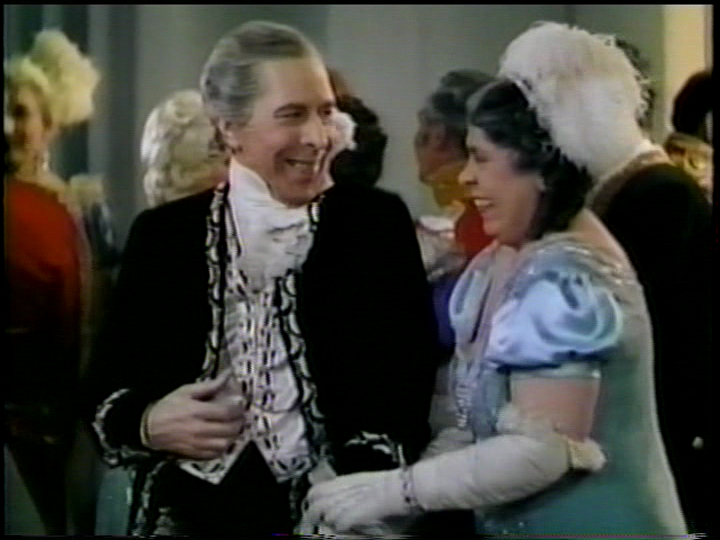

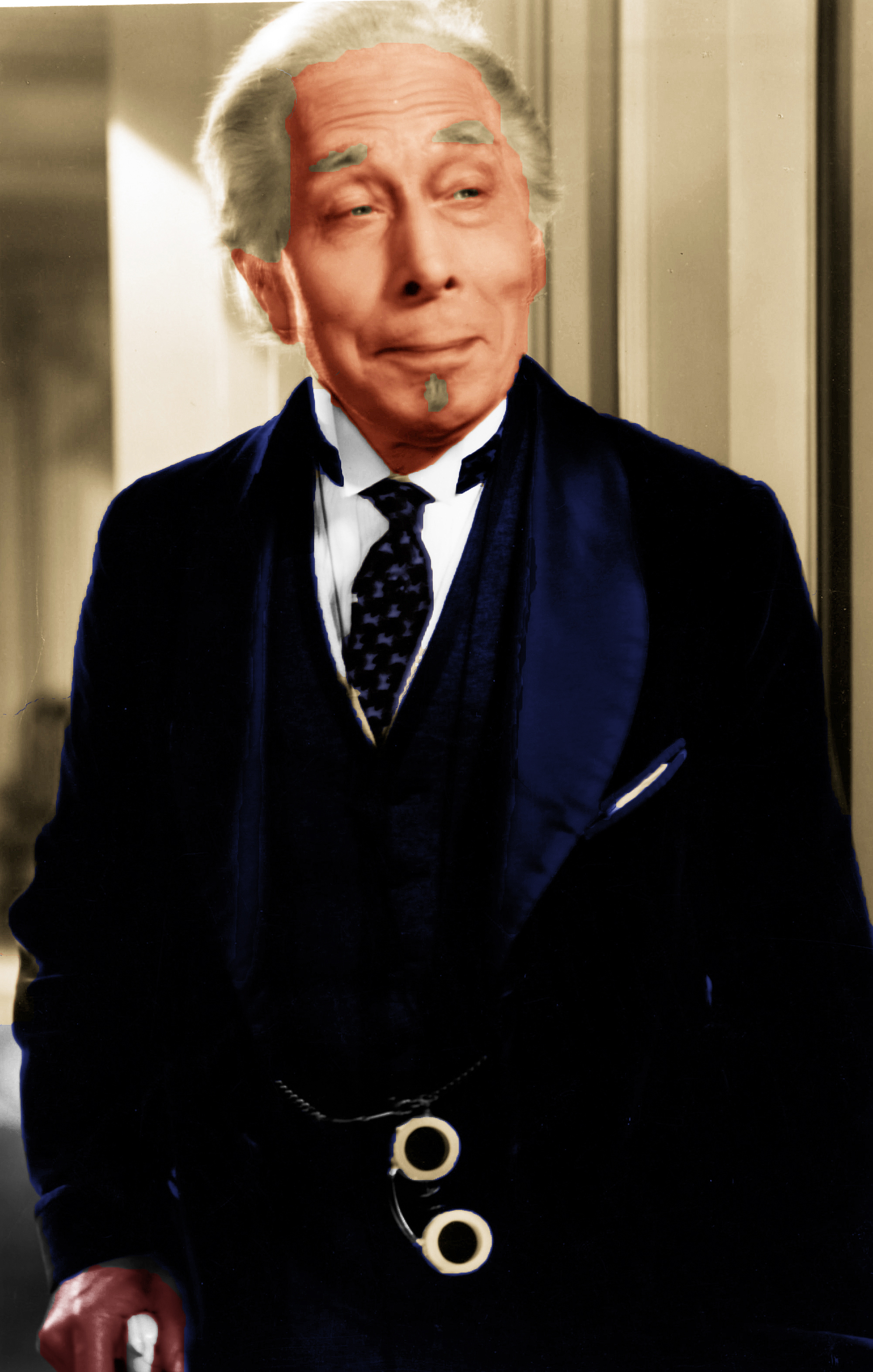
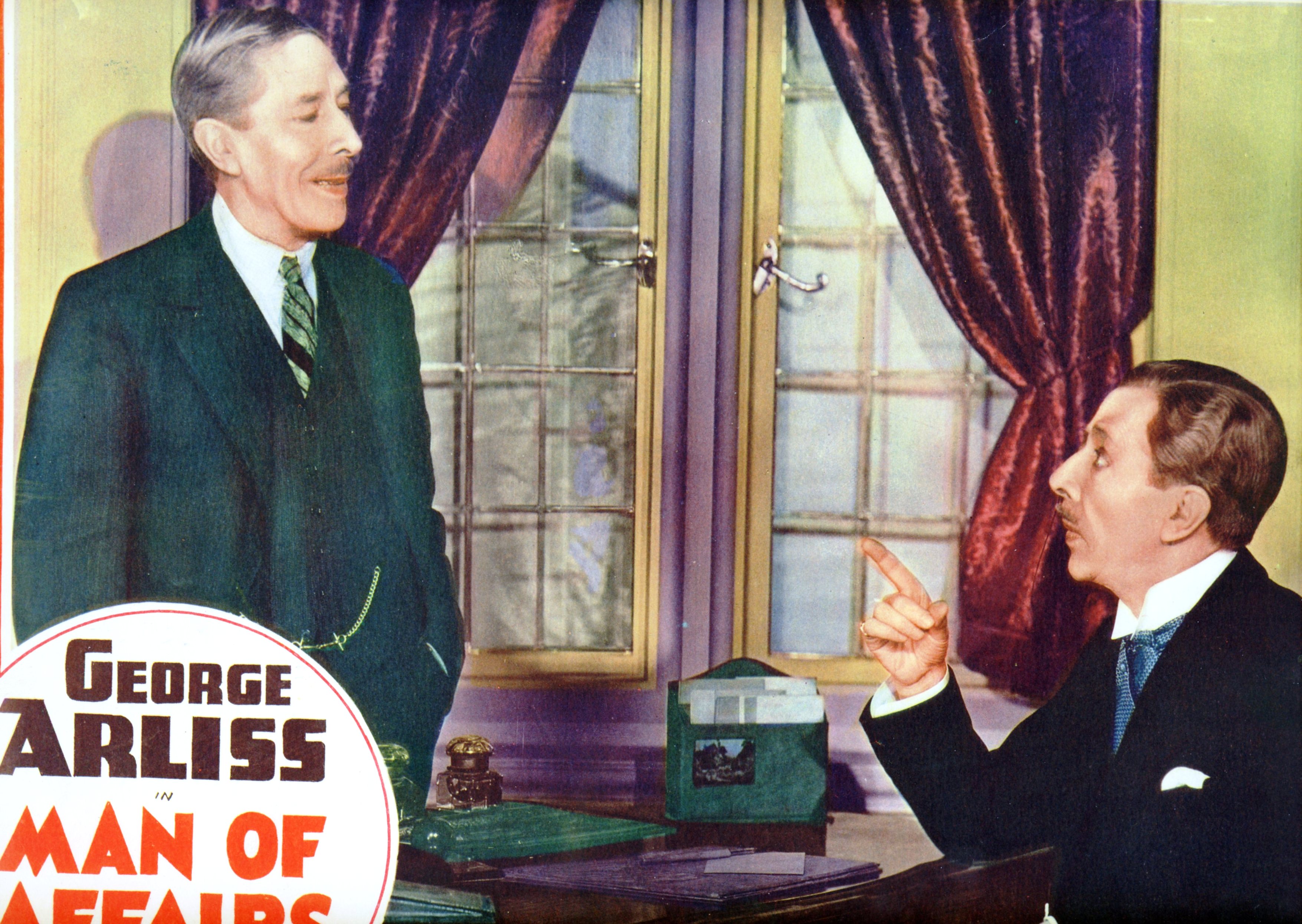


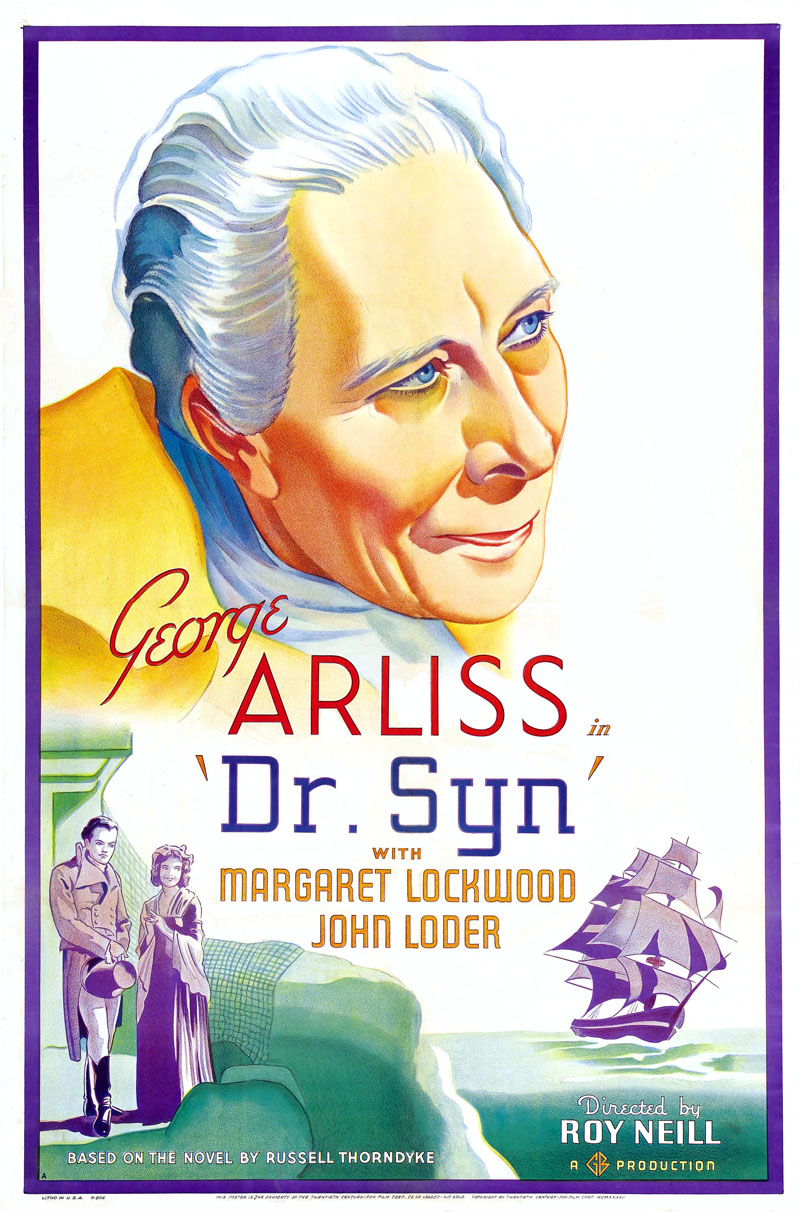
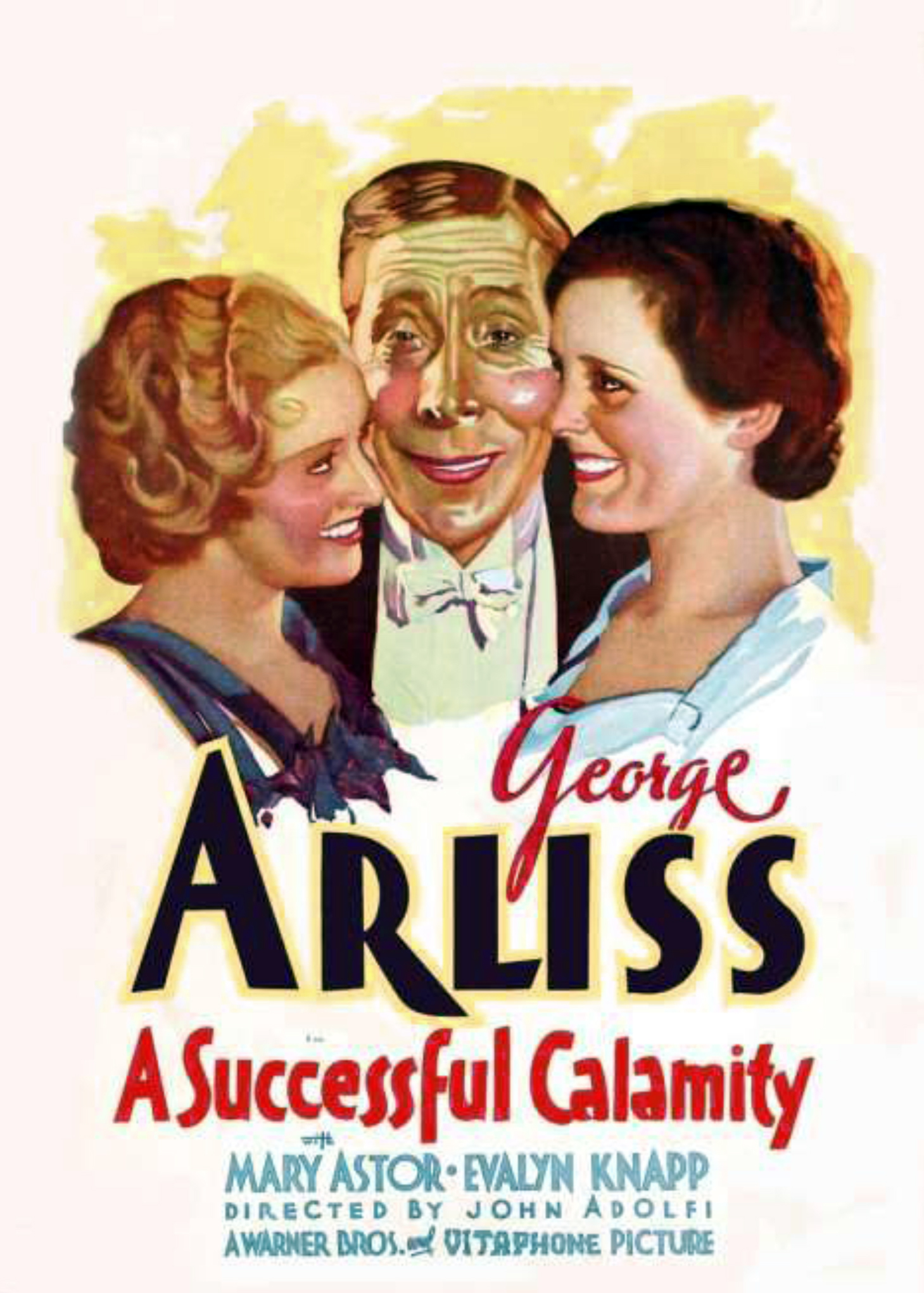


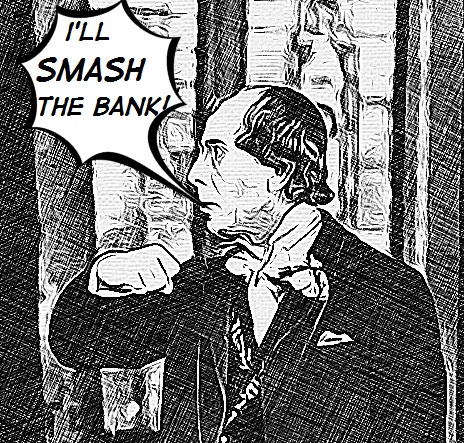


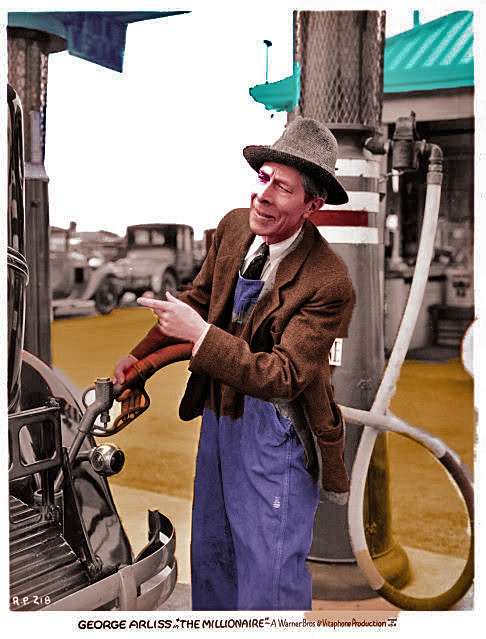
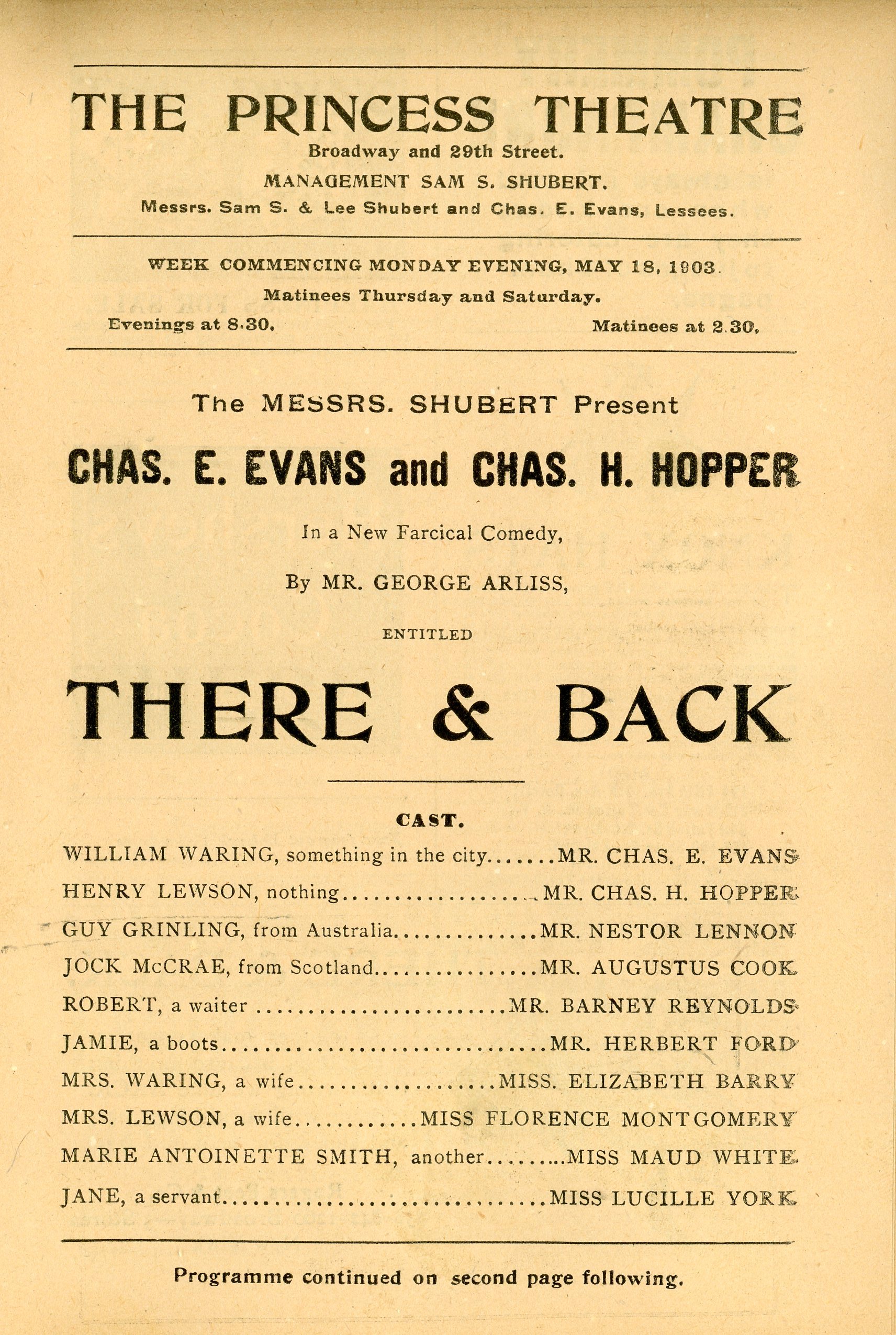

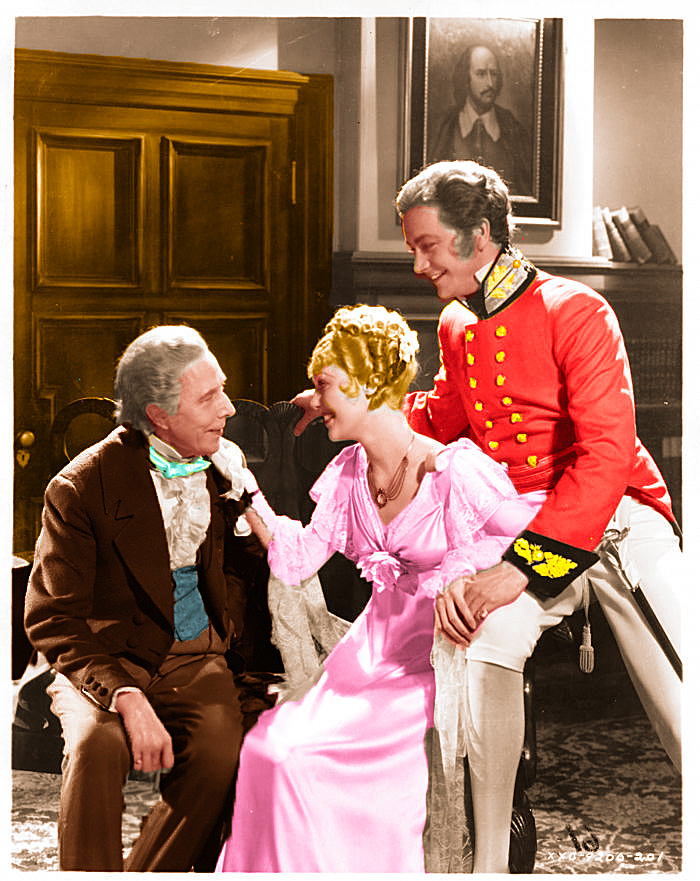
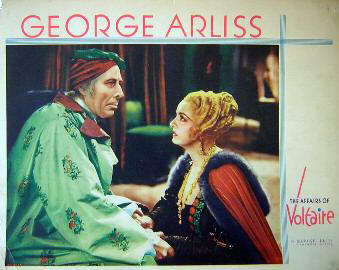
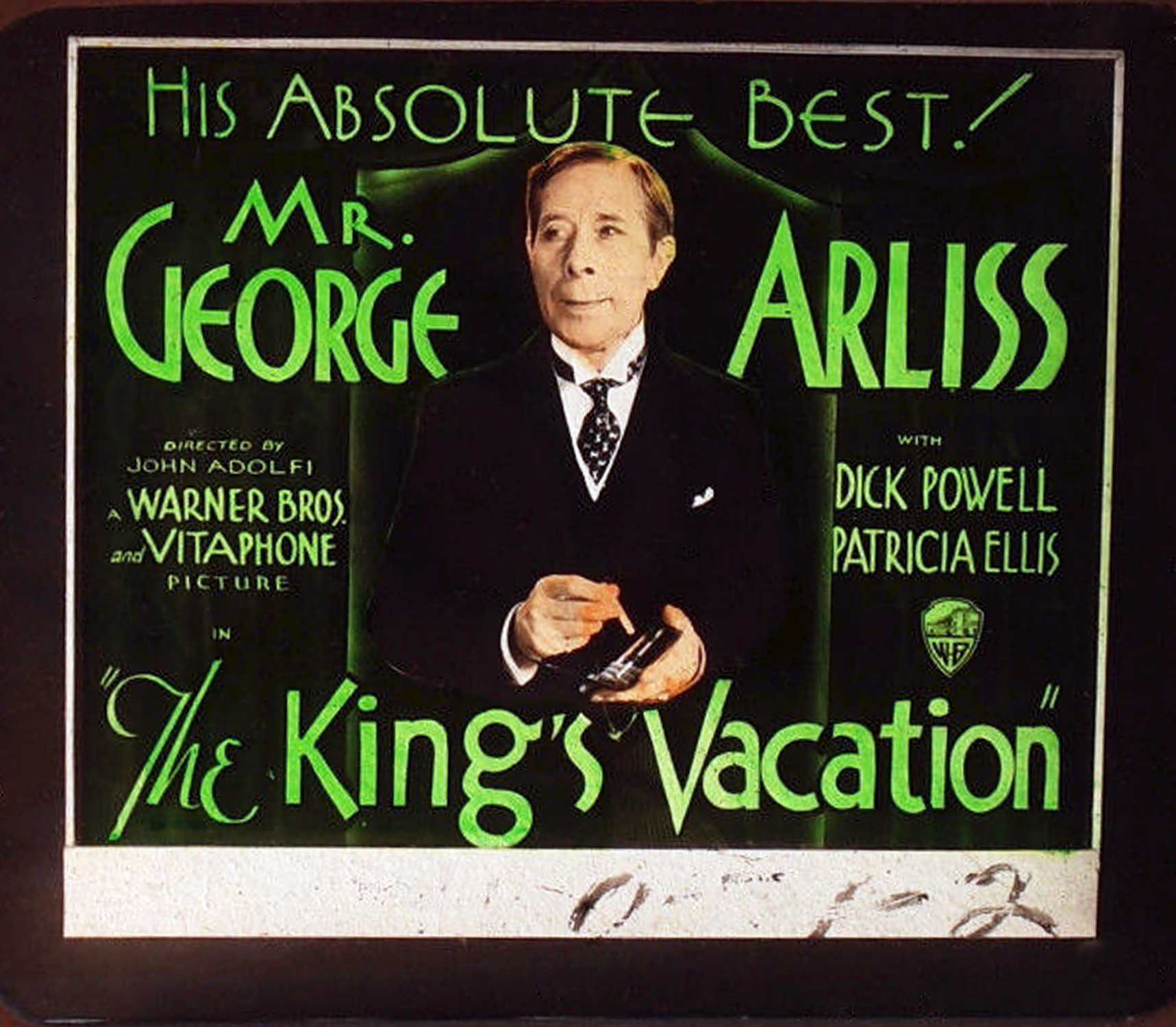

You must be logged in to post a comment.